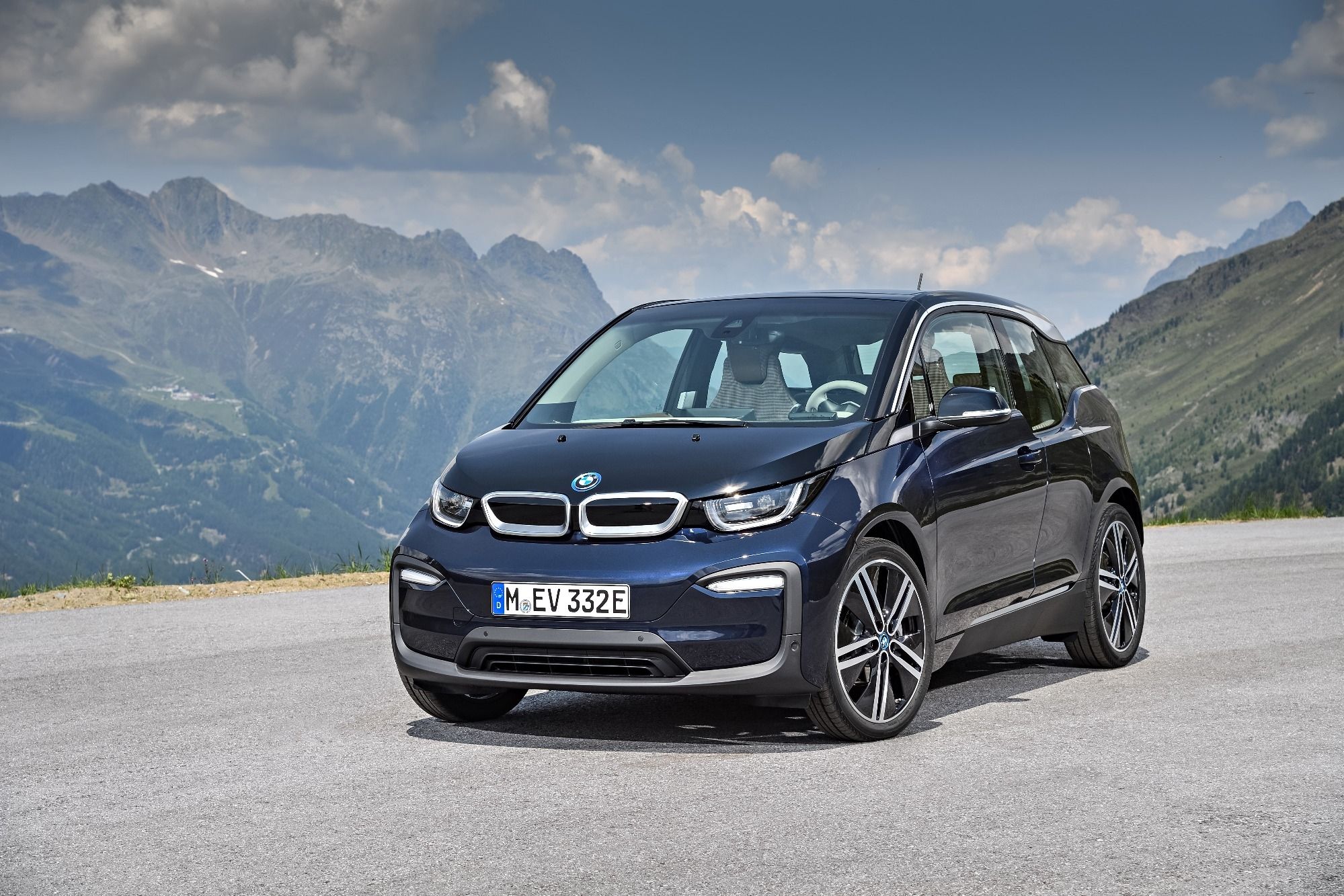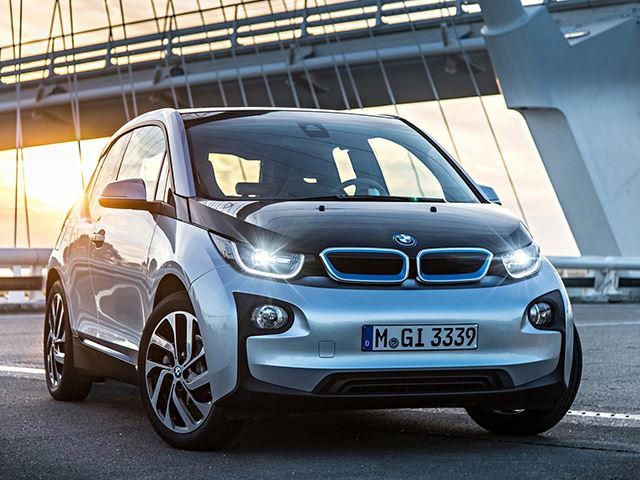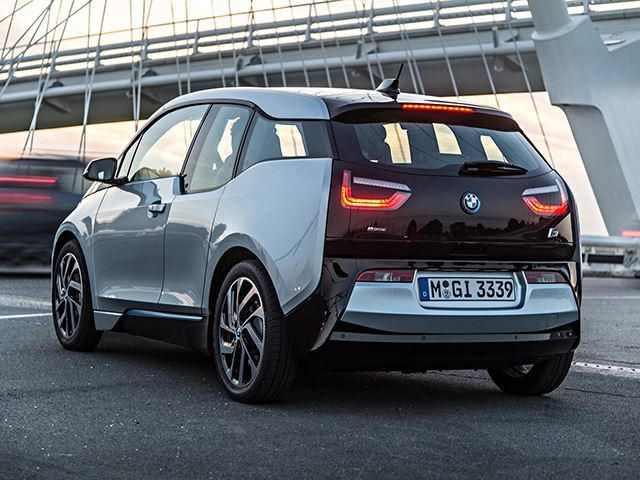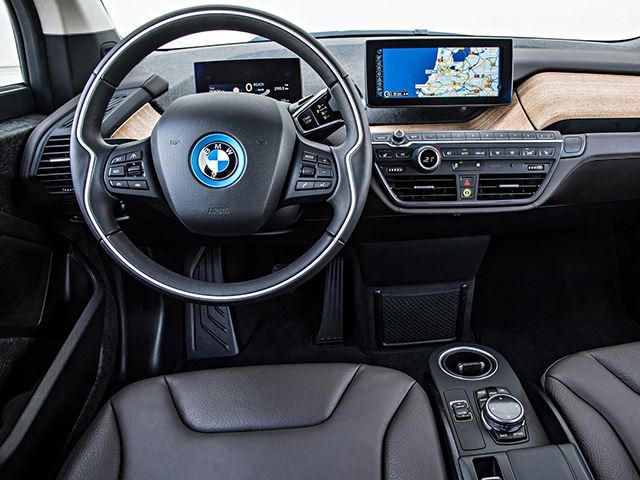
Right now, electric cars are going through a rough time. In the late 2000s, gas prices indicated that we'd all be driving cars fueled by electricity plants by now, but that isn't the case. Instead, EV sales are below levels that experts predicted they would be at, but what's to blame for this? One of the most commonly cited explanations is that gas is cheaper than it used to be, so fuel economy ratings are again something that only those who watched Al Gore's "An Inconvenient Truth" care about.
However, this doesn't explain why buyers are turning up their noses at cars that require minimal maintenance, minuscule running costs, and the gratification that their purchase just bought a polar bear some extra time. A reason that's easier to chew on is the fact that most available electric cars have not advanced as quickly as consumers wanted them to. One major issue is range. It's true that the lion's share of drivers put less than 100 miles on their cars per day, but when faced with the decision, most people would chose the option that allows them the greatest amount of freedom however sparingly it will be used. Then there's the question of cost. Many electric cars simply cost a whole lot more than their gas-powered counterparts.
The cheapest new electric car you can buy in the US is the Mitsubishi i-MiEV, which retails for about $22,000. However, the car's no frills package and disconcertingly small size means that similarly priced cars like the Toyota Corolla and Honda Civic easily better the iMiEV by all measures. Range and price competition aren't the only two facets of EV existence that make most battery-powered cars a step down taken only by noble climate change crusaders. There is also a condition that plagues EVs that we'll call futurism syndrome. No one really knows why, but most automakers with EV options feel the need to make them look like Furbys from the future. The less creature comforts the car has, the more likely it is to don a "please love me" face.
Then, as the price and the number of niceties outfitted to the E car rises, designers change the styling to that of a cocky alien. These demerits are exactly why the BMW i3 is a car that should wander into a crusher. Conceptually, the i3 was the little EV that could. It had all the potential in the world and BMW squandered it. BMW could have designed a car that would put a massive dent in the number of Tesla Model 3 preorders, but instead it chose to make a science experiment. While Tesla is still grasping to find just how the hell it will build half a million Model 3s, the i3 stays in dealership lots with few interested buyers. In 2015, BMW sold 24,057 i3s worldwide. By comparison, BMW sold 140,609 3 Series units in the US alone.
Of course it's a bit unfair to compare a brand new model to an established and hugely popular marquee, but BMW should have higher ambitions than making the i3 just another alternative to the rest of the electric car lineup. If the Bavarian motor company wants people to take electric cars seriously, it needs to make them compete with regular cars in the same way that Tesla is doing. BMW could have stuck with a traditional design, much like that of the practical and popular 3 Series sedan. A line of EVs with conservative styling could have helped many consumers cross the bridge from gas-powered cars to the electric car family. If the i3 had styling that everyone could love, it would speak to BMW's current customers who chose gasoline options.
When BMW sticks to its design DNA, it does well. The same can be said for the the brand's well-known tech talent. The i8 stands as an impressive testament to what can be done with hybrid drivetrains. Standing just one model down the line, the i3 fails to do a thing to advance electric car technology. Before confusion ensues, this isn't a plea to get BMW to make a Tesla. Rather, this is a call to put the innovation and forward thinking of a tech company under the skin of the i3 while the shell and crucial components are made by an auto giant that knows what it's doing. Instead, the i3 takes that blend and puts it on inside out, keeping the looks of a car from the future and performing like one from the past. For that, the i3 can go straight to the crusher.



